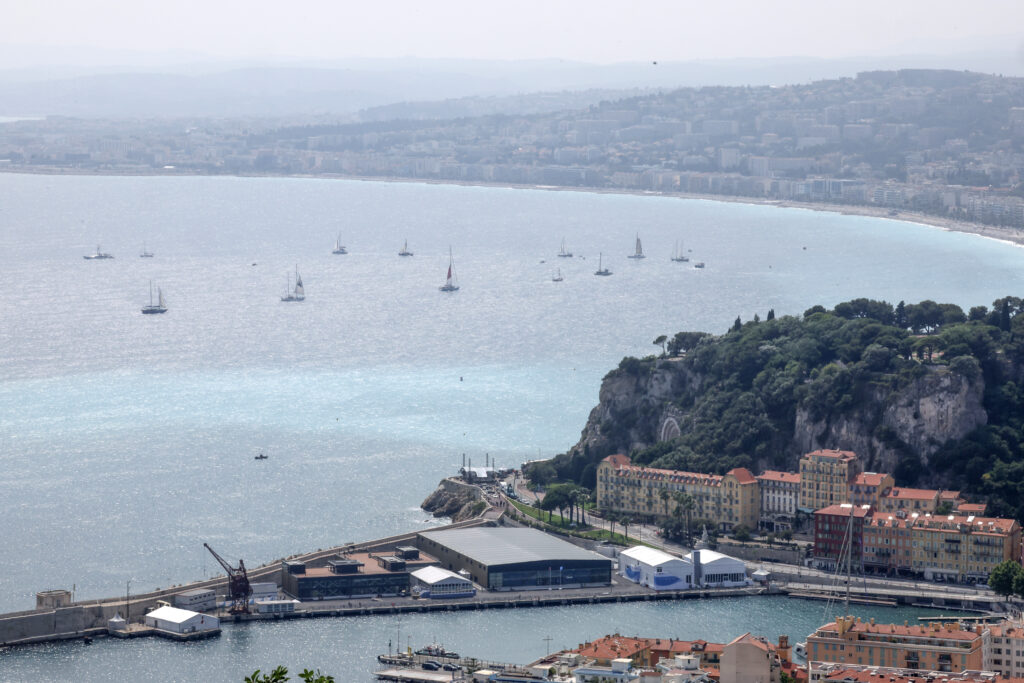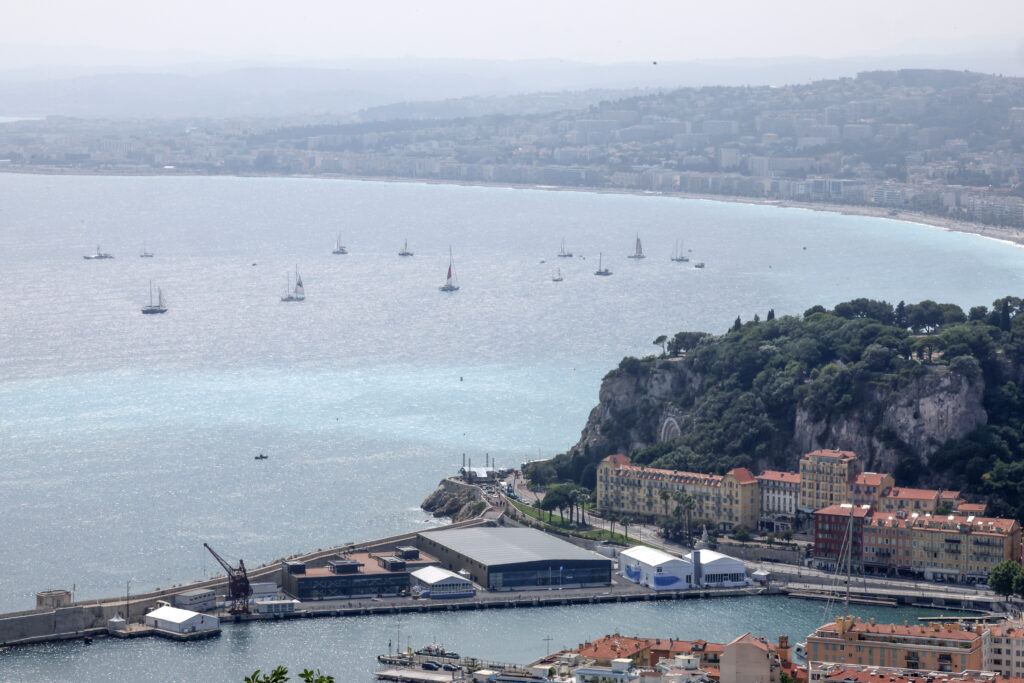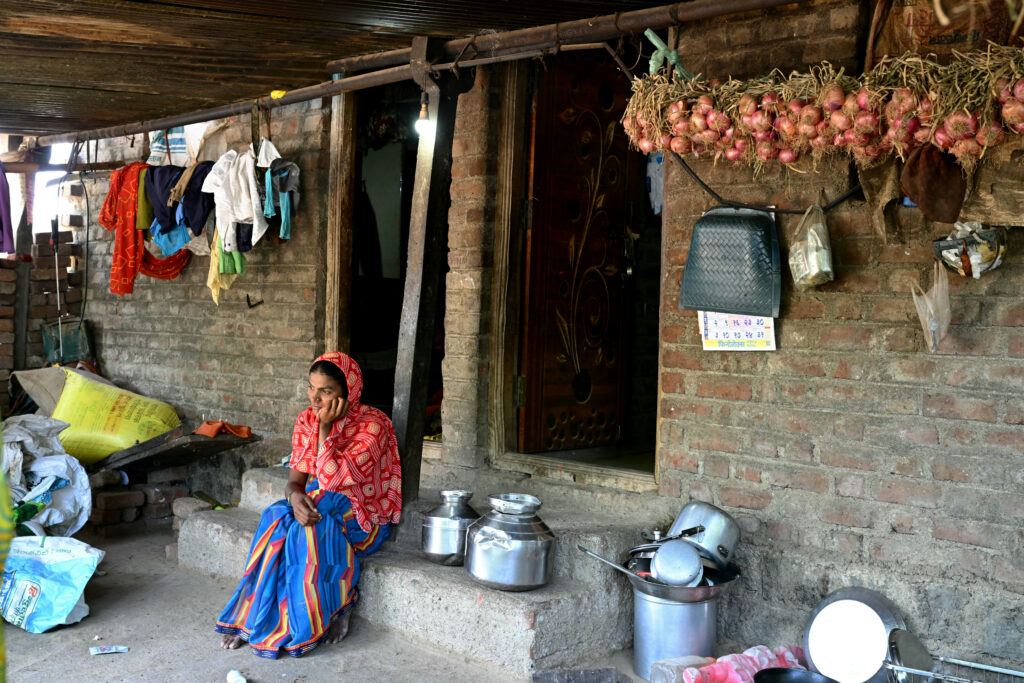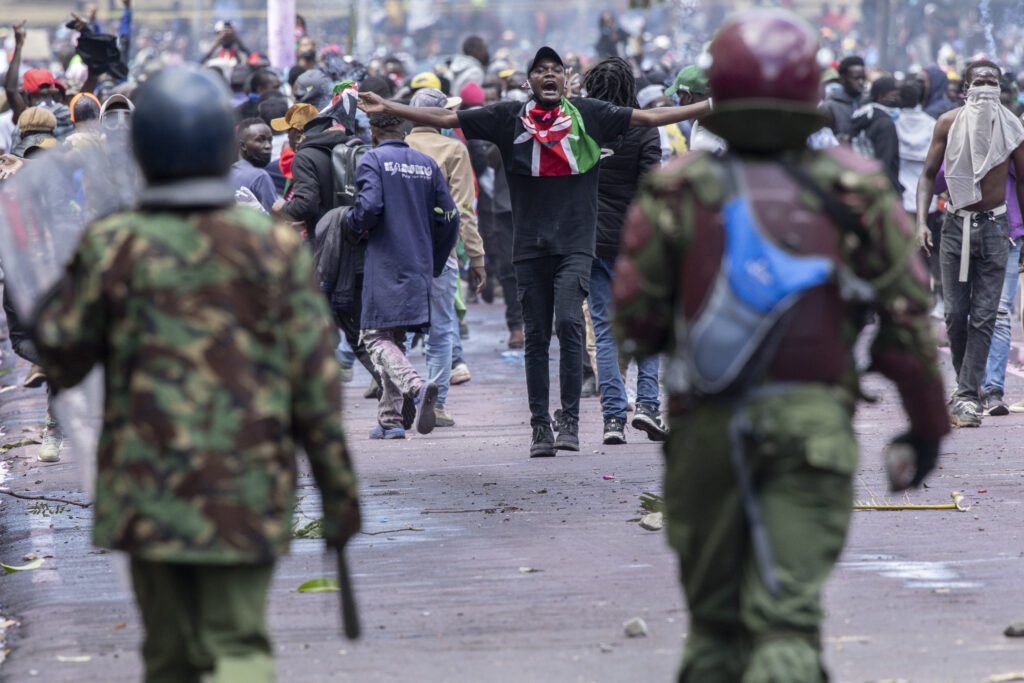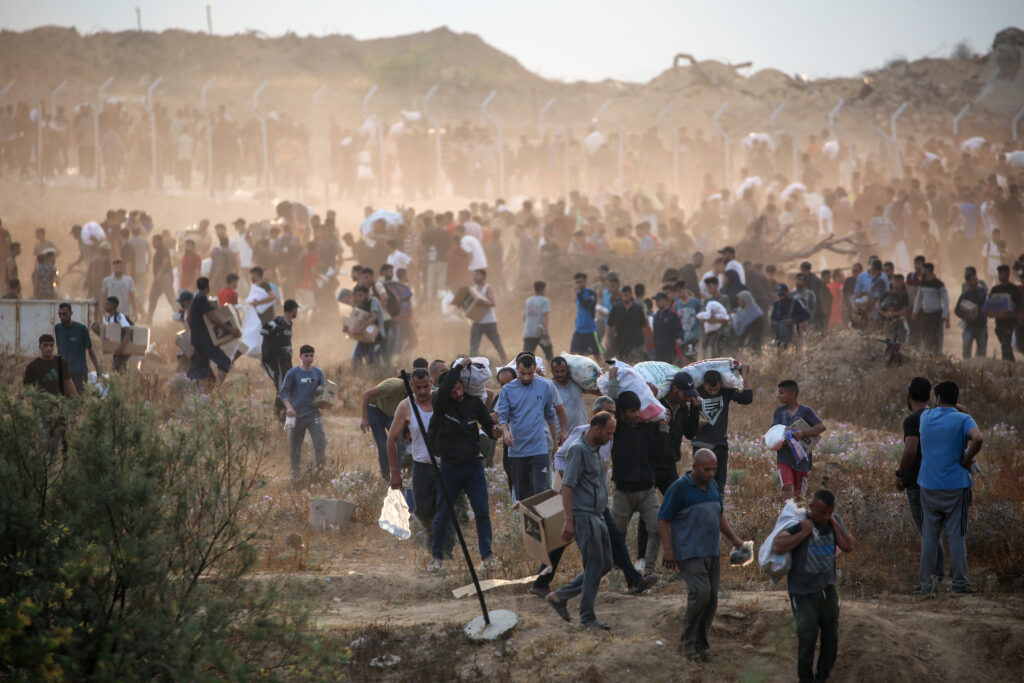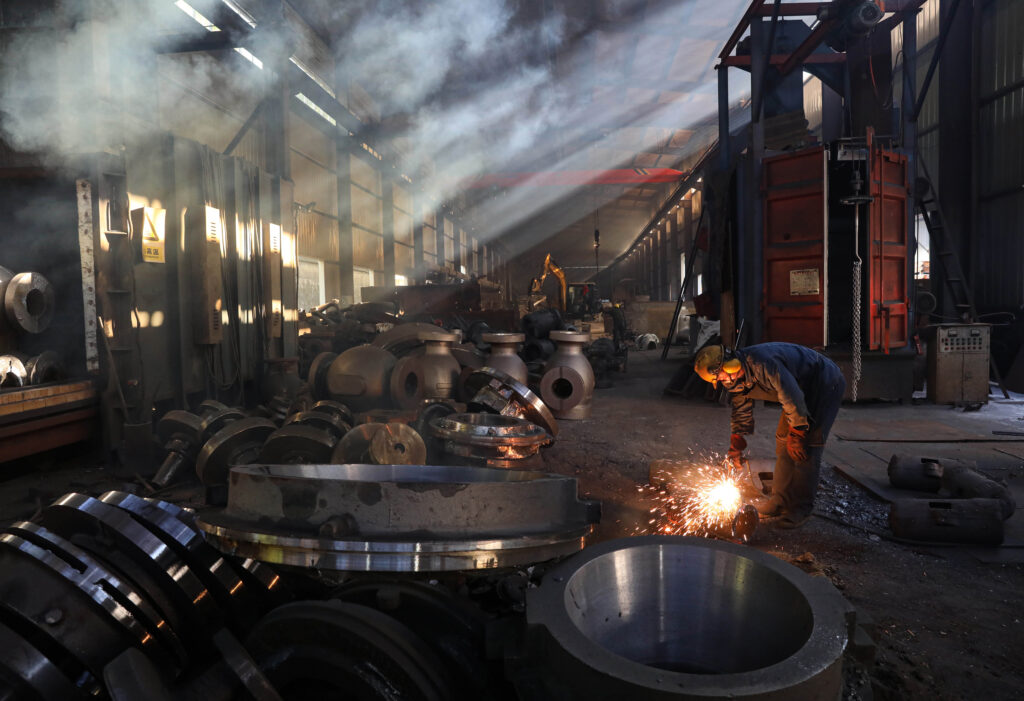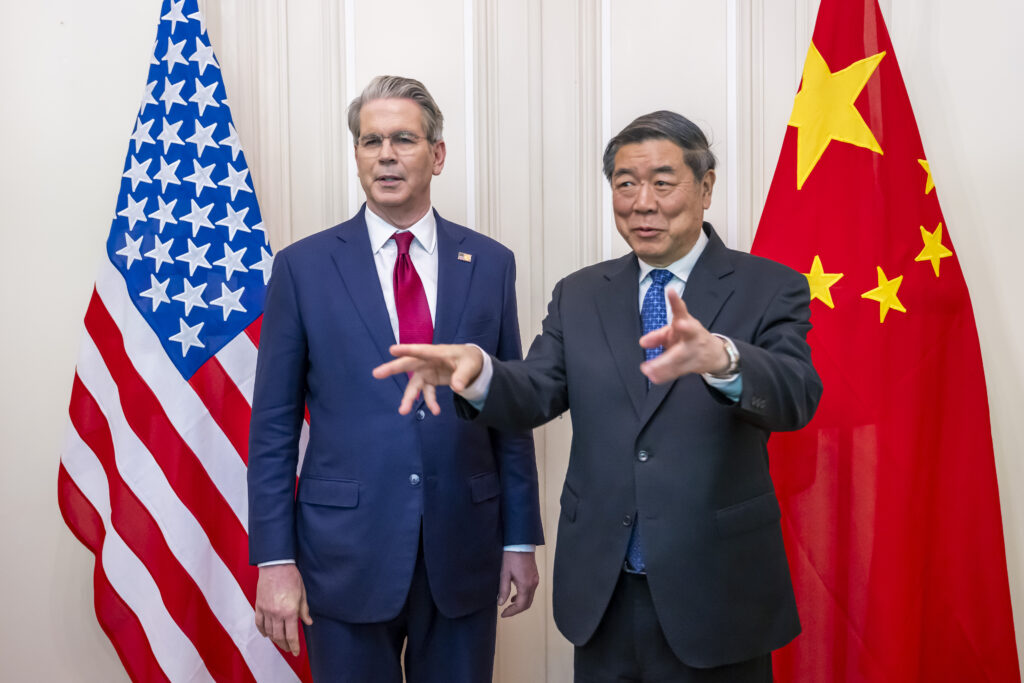Une vague de nouvelles protections attendues à Nice pour les océans
Le sommet mondial sur les océans s’ouvre lundi à Nice, en France, avec des appels à interdire le chalutage de fond et à renforcer la protection des aires marines protégées dans le monde.Décrite comme un sommet de “mobilisation”, la conférence va permettre d'”augmenter le niveau de protection des eaux mondiales”, a annoncé dimanche la ministre française de la Transition écologique Agnès Pannier-Runacher.Une vague de nouveaux engagements des États devrait déferler sur la Côte d’Azur où 63 chefs d’État et de gouvernement sont attendus, dont de nombreux dirigeants du Pacifique et d’Amérique latine.”On n’a jamais rassemblé dans l’histoire de l’humanité autant de monde pour les océans”, a souligné dimanche le président français Emmanuel Macron.Cette semaine, les îles Samoa ont ouvert la voie en créant neuf nouveaux parcs marins interdits à la pêche, couvrant 30% de leurs eaux nationales, sur 36.000 kilomètres carrés.Pays hôte, la France a annoncé dès samedi, par la voix d’Emmanuel Macron, une limitation du chalut de fond dans ses aires marines protégées (AMP) pour protéger les fonds marins, sans toutefois parvenir à convaincre les ONG, qui ont critiqué le “manque d’ambition” de ces annonces.Lundi, le gouvernement britannique doit également annoncer son intention d’interdire le chalutage dans 41 zones protégées, couvrant une superficie de 30.000 km2. La moitié des AMP anglaises sera ainsi interdite au chalutage si le processus arrive à son terme.Mis en lumière dans le film “Ocean” du Britannique David Attenborough, le chalutage de fond est critiqué pour son impact carbone et les dommages qu’il engendre sur les habitats marins sensibles (herbiers, coraux, etc.).D’autres pays devraient également profiter du sommet de Nice pour annoncer la création de nouvelles aires marines protégées dans leurs eaux nationales.La communauté internationale s’est fixé un objectif de 30% de protection en 2030 (objectif “30X30”). Seulement 8,36% des océans sont protégés à ce jour, et, au rythme actuel, cet objectif ne sera pas atteint avant 2107, selon .Les annonces attendues à Nice devraient permettre de dépasser 10% de protection au niveau mondial, selon le cabinet de Mme Pannier-Runacher.- “Transformer les paroles en actions”-“Un nombre historique de chefs d’État participent aux négociations sur les océans. Il faut que tous les pays agissent”, a enjoint dans un communiqué Enric Sala, directeur du projet Pristine Seas à la National Geographic, en appelant à “transformer les paroles en actions audacieuses et ambitieuses”.Autre sujet brûlant: la ratification du traité sur la haute mer doit donner lieu à un événement spécial lundi soir.De nouvelles ratifications pourraient être officialisées pour ce traité destiné à protéger les eaux internationales, aujourd’hui ratifié par 31 pays et l’Union européenne.La France, qui espérait franchir les 60 ratifications à Nice pour l’entrée en vigueur du traité, a dû revoir ses ambitions à la baisse.Dimanche, M. Macron a cependant promis une entrée en vigueur d’ici à la prochaine assemblée générale des Nations Unies, prévue en septembre.La première journée de la conférence sera également ponctuée d’annonces scientifiques, avec le lancement de l’Ipos, une plateforme conçue pour conseiller les États sur leurs engagements liés au développement durable de l’océan.La société Mercator, qui surveille l’état de l’océan depuis plus de 20 ans, doit, elle, être transformée en organisation internationale, à l’occasion de la signature d’un traité.”C’est un fait majeur. L’océan sera à la table des discussions” internationales, a salué son directeur général Pierre Bahurel, alors qu’il n’existe pas d’organisation internationale spécifiquement dédiée aux océans.Mercator œuvre notamment à concevoir un “jumeau numérique” de l’océan, qui pourrait aider en particulier pour la compréhension des cyclones.Enfin une coalition spatiale pour l’océan (Space4Ocean) devrait voir le jour afin de renforcer des efforts de préservation et de conservation des océans.
